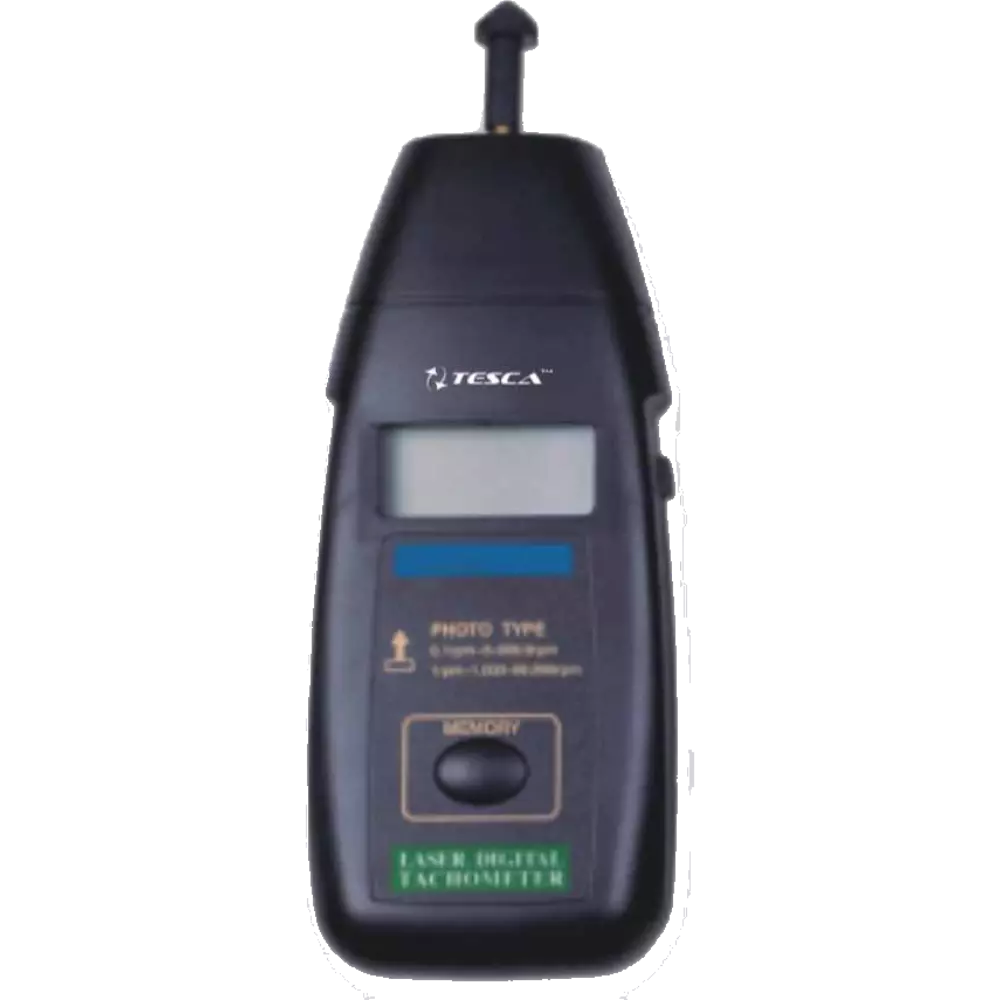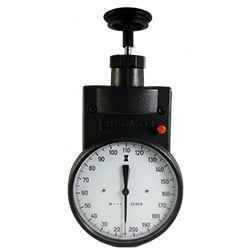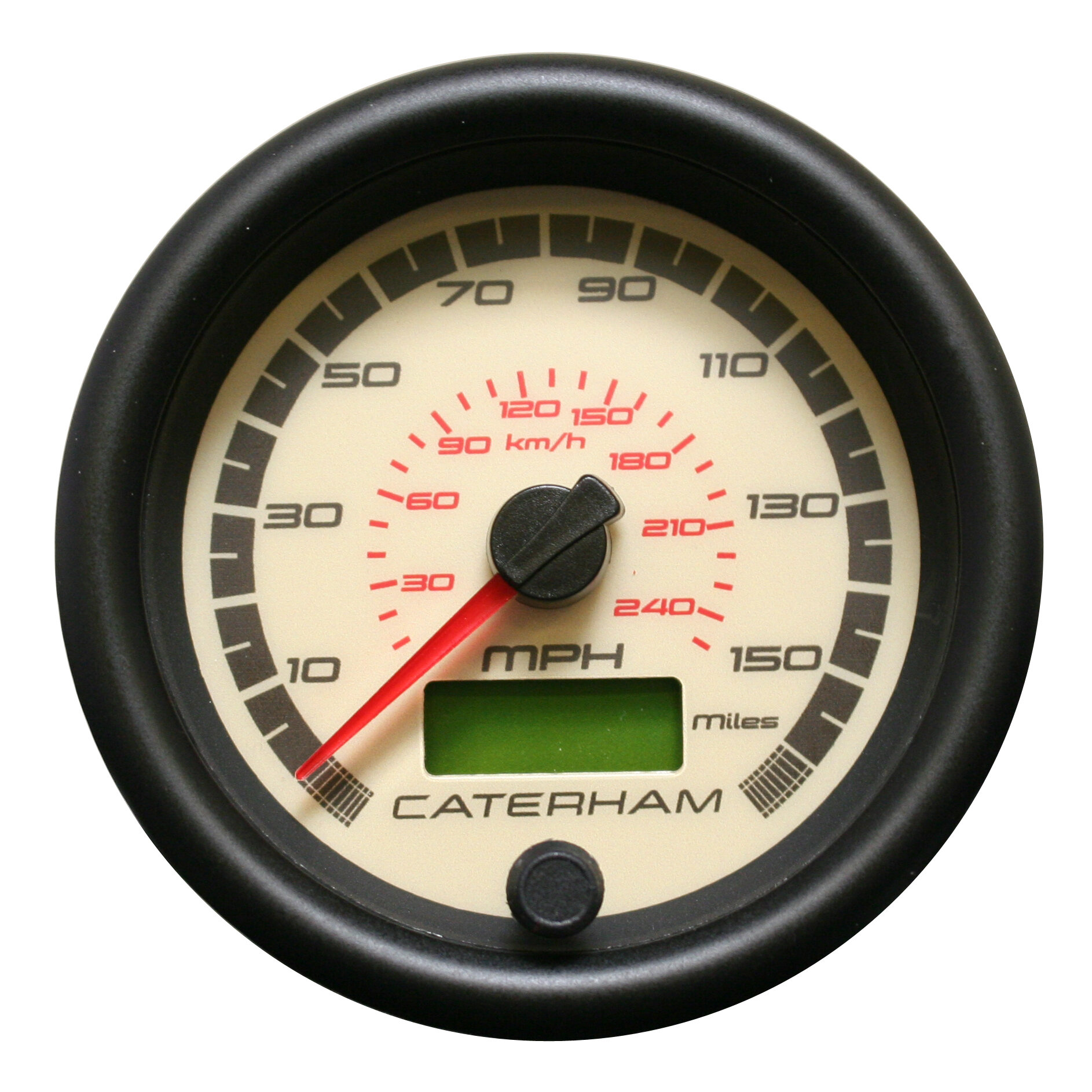Top Reasons That Every Motorist Needs a High-Quality Tachometer
The Importance of a Tachometer in Monitoring Engine Speed and Performance in Automotive Applications
In the world of automobile design, the tachometer stands as a pivotal instrument in the driver's collection, providing a direct home window into the internal operations of a vehicle's engine. Past its feature as a plain gauge of revolutions per minute (RPM), the tachometer offers as an essential tool for enthusiasts and professionals alike, providing real-time understandings right into engine performance and health and wellness.
Relevance of Checking Engine RPM
Monitoring engine RPM, or changes per min, is an essential facet of vehicle upkeep and efficiency evaluation. Engine RPM straight associates with the rate at which the engine's crankshaft revolves, indicating how promptly the engine is running.
Moreover, keeping track of engine RPM is essential for efficiency assessment in auto racing and high-performance cars. Keeping ideal RPM degrees is important for achieving peak power outcome and acceleration. Racers commonly use tachometers to guarantee they are running within the suitable RPM range for optimum efficiency. In summary, checking engine RPM is not only essential for discovering issues however also for enhancing engine efficiency in different auto applications.

Benefits of Real-Time Data
In automobile applications, real-time data plays an essential duty in giving immediate insights into the performance and condition of the car. By continually monitoring various specifications such as engine speed, temperature, fuel usage, and more, real-time information supplies countless advantages that add to improved performance and safety on the roadway.
One significant benefit of real-time data is its ability to sharp drivers and service technicians to any anomalies or issues immediately. This positive approach enables fast recognition of potential issues, enabling timely treatments to stop further damages or breakdowns. In addition, real-time data facilitates performance optimization by offering immediate feedback on driving habits and engine efficiency. Motorists can change their actions in real-time based on this information to accomplish much better gas economic situation and prolong the lifespan of their automobile.

In addition, real-time information plays an important duty in contemporary automobile diagnostics, enabling professionals to promptly detect and deal with malfunctions. This leads to minimized downtime, lower maintenance costs, and eventually, boosted general car integrity and longevity (tachometer). By harnessing the power of real-time data, automotive stakeholders can make informed decisions that positively influence both the performance and durability of the lorry
Effect On Equipment Shifts
The tachometer plays a critical function in enhancing equipment changes by supplying real-time engine the original source speed information to the driver. When approaching the redline on the tachometer, it signals the chauffeur to upshift to prevent over-revving the engine and causing potential damages.
Moreover, the tachometer help in achieving smoother gear shifts, especially in hands-on transmissions. By keeping an eye on engine speed, vehicle drivers can execute equipment changes at the optimum Find Out More RPM variety, decreasing snagging activities and lessening endure the transmission parts. This precision on duty modifications not only enhances driving convenience yet likewise adds to sustain effectiveness.
Enhancing Fuel Effectiveness
Provided the critical duty the tachometer plays in optimizing gear shifts for performance and engine health and wellness, it straight adds to maximizing fuel efficiency in vehicle applications. By supplying real-time feedback on engine speed, the tachometer helps vehicle drivers in maintaining one of the most reliable RPM variety for fuel economic climate. When drivers constantly check the tachometer and adjust their motoring practices accordingly, they can prevent unnecessary gas intake brought on by over-revving or hauling the engine.
Moreover, the tachometer assists drivers identify the most fuel-efficient gear to be in at any given moment, avoiding the engine from functioning more difficult than needed. This is specifically critical during acceleration and travelling, where being in the best equipment can significantly impact fuel performance. Additionally, the tachometer can alert motorists to potential mechanical issues that could be negatively impacting fuel economy, such as a sliding clutch or a stopped up air filter. In verdict, the tachometer functions as a beneficial tool in improving gas efficiency by promoting optimum driving behaviors and identifying areas for improvement in the vehicle's efficiency.

Making The Most Of Engine Durability
The tachometer's duty in keeping an eye on engine speed and performance is instrumental in making sure the longevity of vehicle engines. Keeping track of the tachometer permits drivers to remain within the recommended RPM variety for their vehicle, avoiding unneeded strain on the engine and prolonging its lifespan.

Final Thought
In conclusion, the tachometer plays a critical function in monitoring engine rate and performance in vehicle applications. By providing real-time information on RPM, it allows for reliable gear changes, enhanced gas efficiency, and made best use of engine longevity. This device is important for keeping optimal engine efficiency and ensuring the general capability of a car.